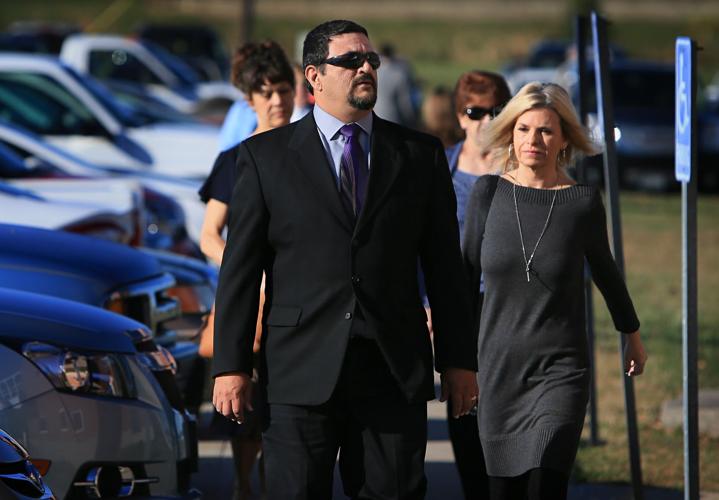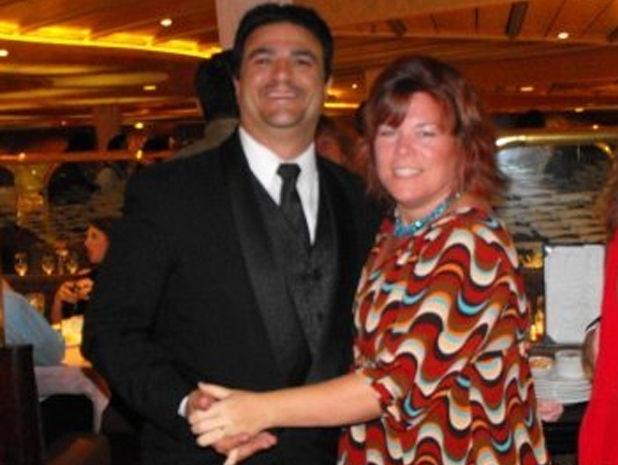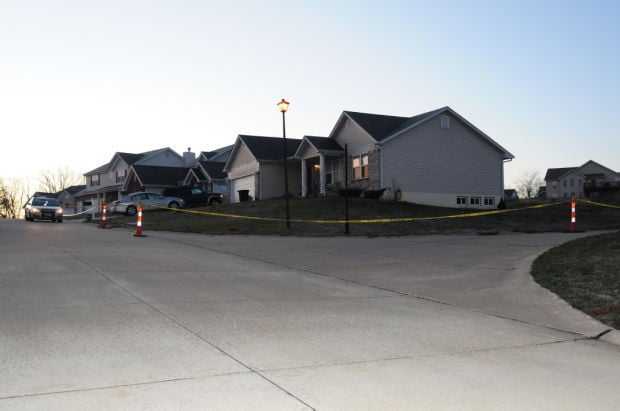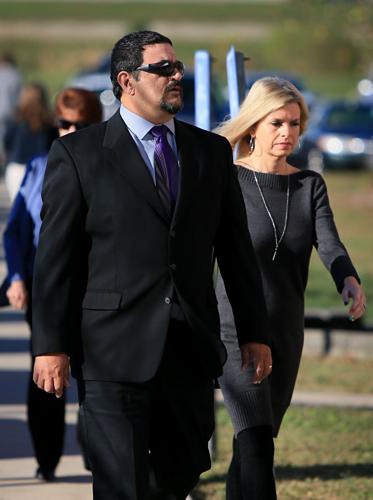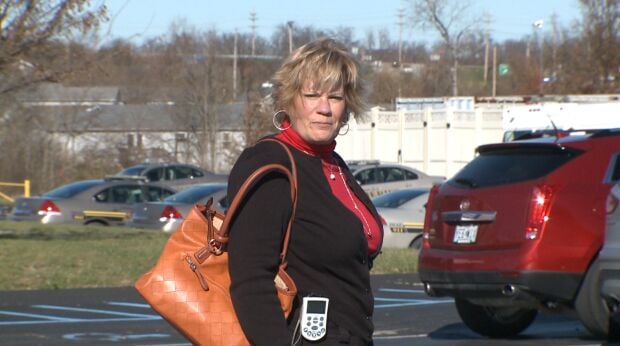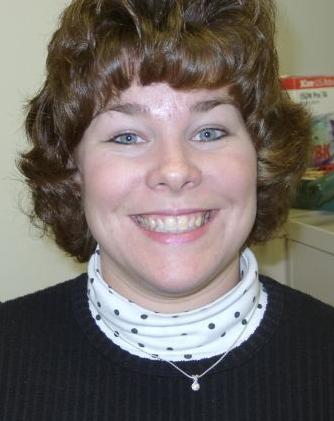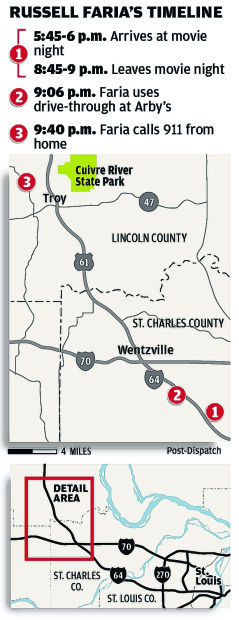TROY, Mo. ŌĆó In a day of court dominated by talk of physical evidence ŌĆö such as fingerprints, palm prints, and bloody slippers ŌĆö it was ordinary photos of the inside of Russell FariaŌĆÖs house that put some drama into his murder retrial Tuesday.
The issue was whether a chemical that glows on contact with blood residue indicated that Faria, whose clothes were blood-free after his wife was found stabbed, might have cleaned up after killing her.
Defense lawyer Joel Schwartz said that at FariaŌĆÖs first trial, Lincoln County SheriffŌĆÖs Detective Michael Merkel testified that photographs of the scene showed ŌĆ£absolutely nothing,ŌĆØ suggesting that a camera malfunctioned.
Schwartz has since obtained photographs of that search, and used them Tuesday to claim that Merkel had not been forthright. ŌĆ£Does that show absolutely nothing?ŌĆØ he repeatedly asked, handing Merkel picture after picture.
People are also reading…
But Prosecuting Attorney Leah Askey said Schwartz mischaracterized MerkelŌĆÖs original testimony. Under her questioning, Merkel clarified that the camera had just failed to capture the luminescence that detectives saw with their eyes. It appears that there are no pictures of the telltale glowing.
Two other investigators have testified in the current trial that they did not believe there was evidence of a blood cleanup.
It apparently was an important issue last time. One juror from the original trial, in which Faria was convicted in 2013 of first-degree murder, told the Post-Dispatch that evidence of a blood cleanup helped motivate his guilty vote.
There also has been ambiguous testimony this week on other physical evidence.
Russell FariaŌĆÖs slippers, stained with his wifeŌĆÖs blood, were found in his closet. A crime scene investigator testified Monday that the slippers, which the defense claims were planted by the real killer, had not so much stepped in blood as been dipped in it. But another expert testified Tuesday that he was more experienced and would not necessarily agree.
Witnesses spoke of contradictions by Faria in police interviews after he found his wifeŌĆÖs body in their home, outside Troy, in 2011. One said FariaŌĆÖs emotions in an interview room seemed exaggerated and ŌĆ£over the top.ŌĆØ
Schwartz and colleague Nathan Swanson used cross-examination to raise their own points: for example, that receipts put Russell Faria elsewhere at the presumed time of the murder.
The defense asked how investigators could think that a spot on the victimŌĆÖs clothing might be a bloody dog paw print when there were no other bloody paw prints in the house. The prosecution has suggested that Russell Faria let the family dog out after the crime.
Elizabeth ŌĆ£BetsyŌĆØ Faria, 42, already terminally ill with cancer, was stabbed 55 times.
The trial is expected at some point to include testimony from Pamela Hupp, a friend of the victim, who is being openly portrayed by the defense as a more likely suspect. Hupp has made contradictory statements and became beneficiary of $150,000 in life insurance on Betsy Faria days before the murder.
Also expected to testify are three men and a woman who swore in the last trial that Russell Faria was with them until well after the time Hupp dropped Betsy Faria at home that night, and past the point when the victim was not answering phone calls from her daughter.
Faria won a retrial in part because the defense was not allowed to blame Hupp in the first trial. He chose to have a judge, not a jury, decide his fate this time.







